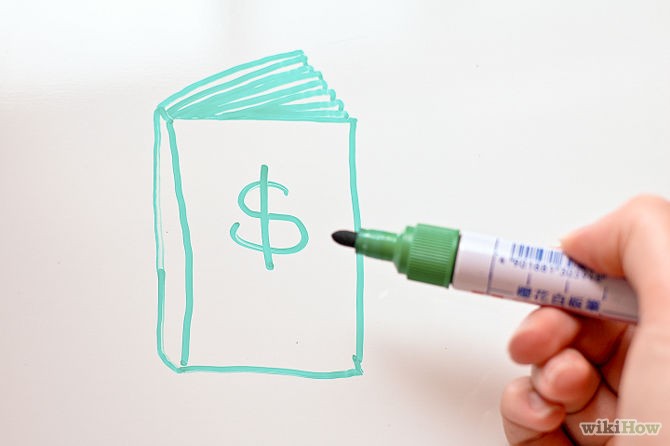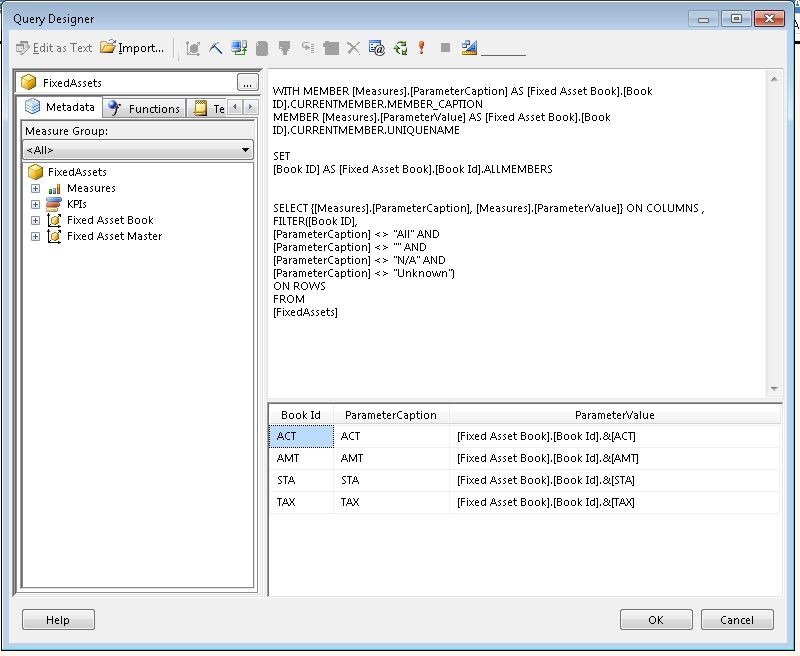A Simple Method for Calculating Book Value
Post on: 16 Март, 2015 No Comment

Western Union. PhillipMorris. DirecTV. Yum! Brands. Hershey. Colgate.
Those companies, diverse though they are, have two things in common. First, their businesses are very highly valued by Wall Street. Second, they have all beat the market hands down so far this year .
Now, when I say their businesses are highly valued by Wall Street, you might point out that these companies don’t have anywhere near the market capitalization of an ExxonMobil, Apple or Walmart.
And you’d be right.
You’d also be missing a very important difference.
You see, market cap is merely how the market values the company. What I’m talking about is the value of the underlying business.
Boy, that’s probably a doozie of a calculation, huh? I mean. you’d probably have to go to business school for a long time to be able to create the complex model that would show you how to put a number on the intangible factors that go into pricing a going concern. right?
Wrong. My first grader can do it. And so can you.
Here’s how.
Look at any company’s balance sheet. It’s a snapshot of the company’s finances. The assets are listed first, followed by the company’s liabilities. The difference between them is shareholder equity , which is the part of the company that investors actually own.
This is no different than the equity you have in your home. In fact, the calculation is the same. Jot down the value of your home — which is your asset — subtract what you own on your mortgage — your liability — and the resulting figure is your equity.
This equity is also known as book value. Sometimes it’s broken down to the per-share level, other times it’s left in the large-number format. In any case, the price-to-book ratio can be calculated, either by dividing a company’s market value by its equity or its share price by its per-share book value. [Read more about the P/B ratio and how it works here.]
Example One: Big Numbers
Hewlett-Packard (NYSE: HPQ ) is worth about $86.7 billion. Using the Financial link on Google Finance, we can see that HP’s balance sheet shows equity of $42.5 billion. In our equation, price is the $86.7 billion market cap which we divide by the $42.5 billion shareholder equity line. HP is trading at 2.0 times book value.
Example Two: Per-share Data
Medtronic (NYSE: MDT ) closed Friday, September 10, at $33.34. Yahoo Finance, in the Key Statistics link to the left of the page, gives a per-share book value of $13.52. So we put our numbers in: $33.34/$13.52 = 2.5 times book.

Both Hewlett-Packard and Medtronic trade at a slight premium to the S&P 500 Index. which trades at an aggregate 1.94 times book value.
Any dollar of market capitalization in excess of shareholder equity is the market’s value on the company’s underlying business. An enterprise, after all, is a living thing. It’s more than just the net value of its desks, buildings, inventory and other assets. The higher the price-to-book ratio, the stronger Wall Street’s faith in the underlying business’ ability to make continued profits.
Does a company’s book value tell you anything? Let’s find out.
I analyzed the 491 companies in the S&P with a price-to-book ratio of greater than 0. The top four highest-returning companies mostly had price-to-book values far in excess of the average:
Conversely — Remember to always invert your list! — the four worst performers had lower price-to book multiples:
All investors should understand book value, where it comes from, how to calculate it and the appropriate way to contextualize the data. Long-term growth in equity is a key trend to watch for — in fact, it’s one of super-investor Warren Buffett ‘s favorites and it’s also the way he evaluates his own performance as the chief executive of Berkshire Hathaway.
Conservative investors may elect to add a minimum or maximum price-to-book criteria to their investment requirements. The sweet spot seems to be a price-to-book ratio of between 4.5 and 5.0. Of the 12 companies that meet that, 10 have beaten the S&P, with a handsome average of +19.4%, which beats the negative showing of the broader market year-to-date as well as its long-term historical average gain .














